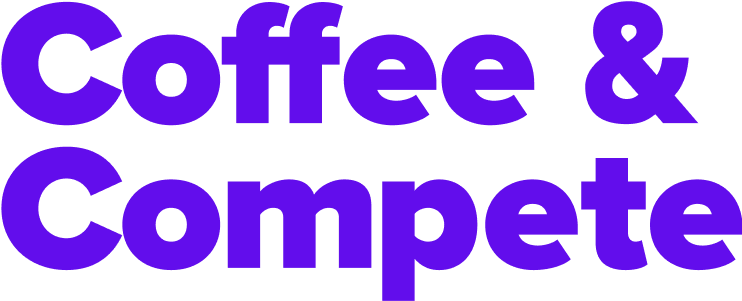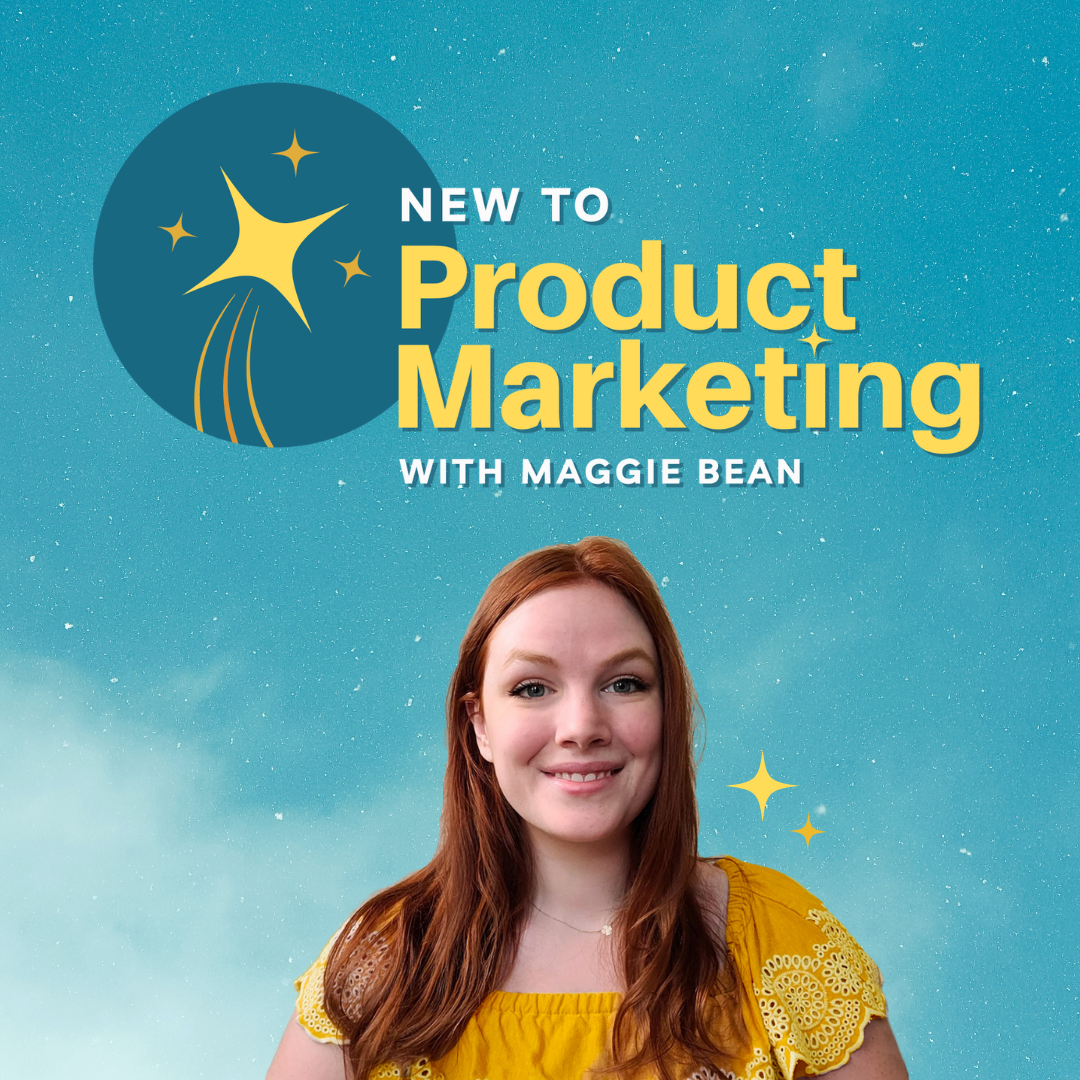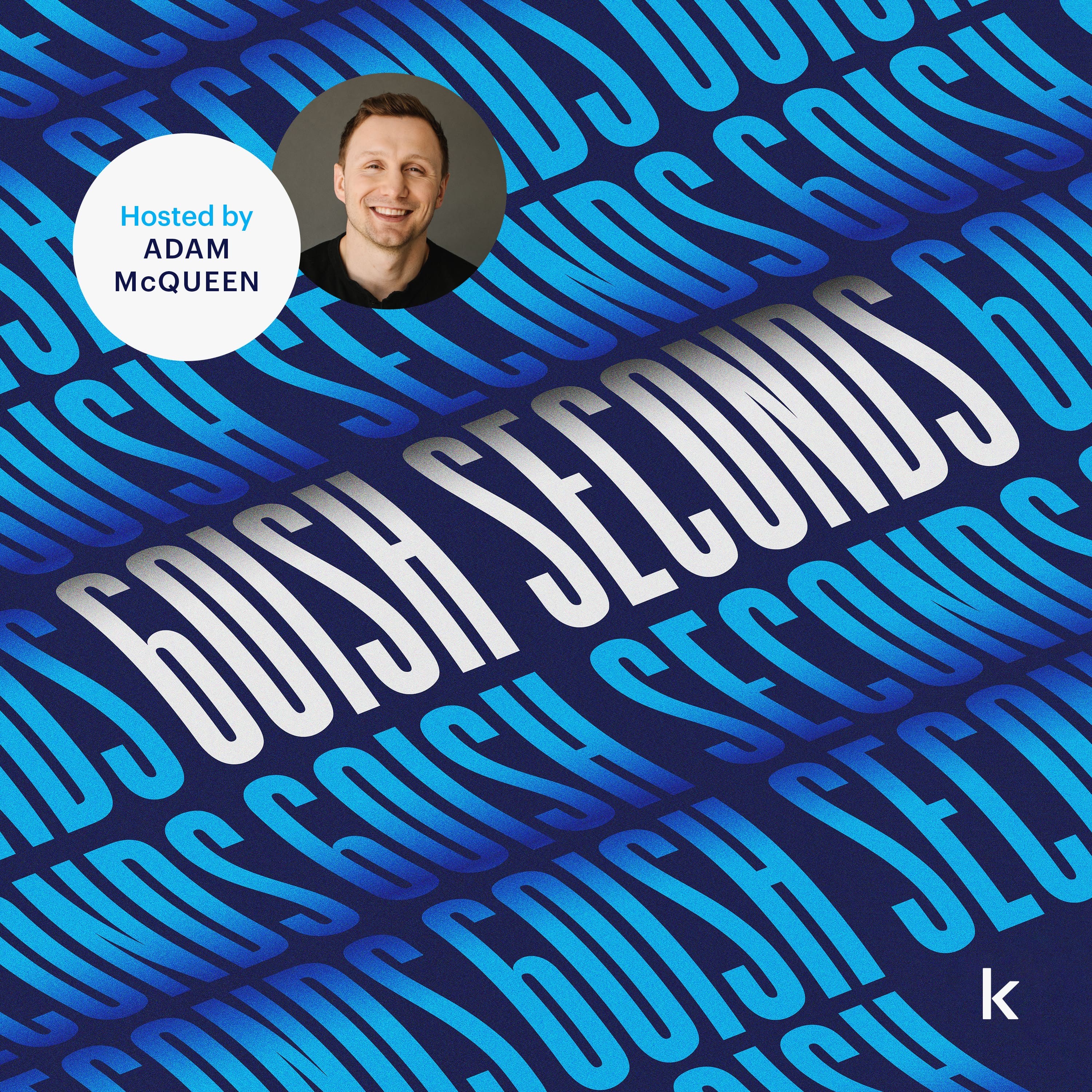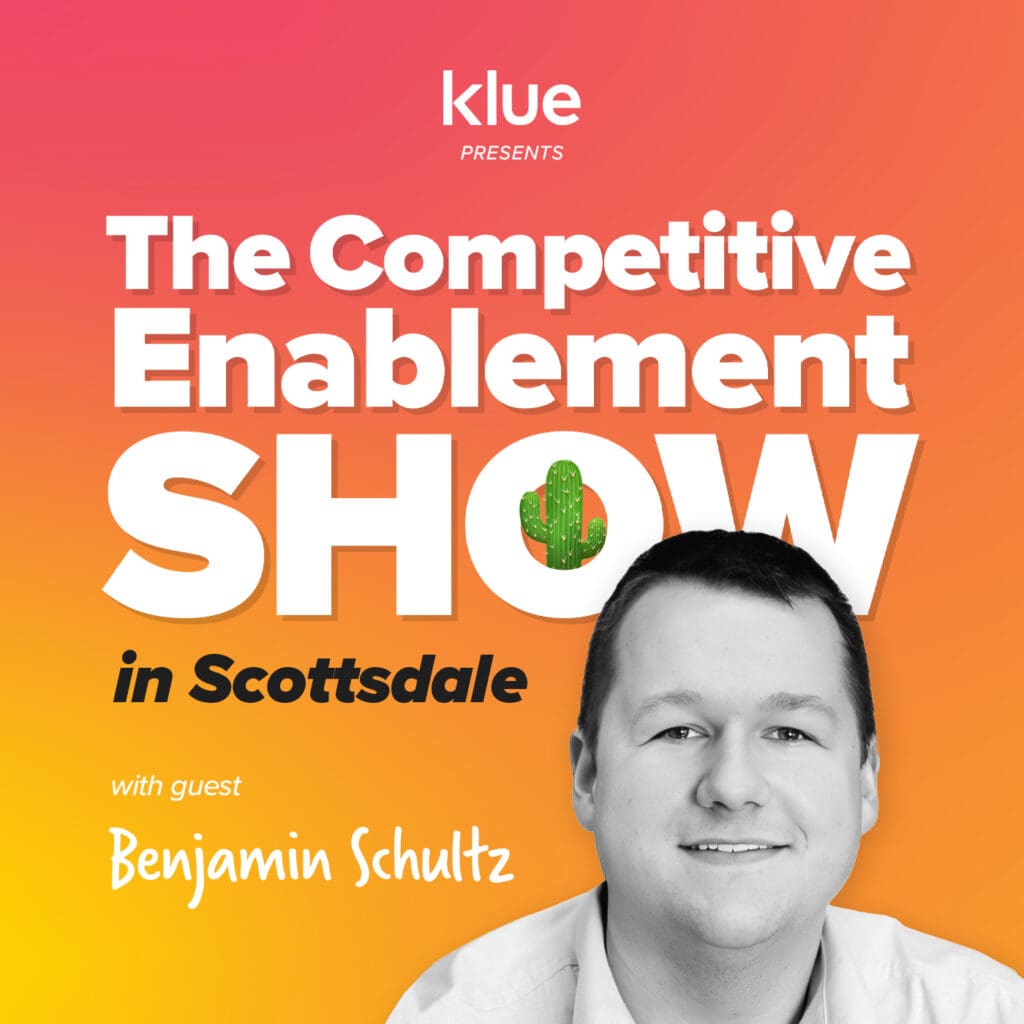Using Competitive Intel for Your Product Roadmap
Isabel Gan is the Growth Product Manager at Klue. She joined Adam to talk about how competitive intelligence can and should factor into your product roadmap. Here are three takeaways from their conversation
1️⃣ Competitive intel informs product strategy now, tomorrow and the future 1️⃣
Product roadmap journeys can be windy. That’s because for all the longterm planning required, product managers need to be nimble and adjust to market realities today.
GenAI for example might have been on your longterm product roadmap. But when AI bursted on the scene in last 2022, product managers needed to figure out how to capture near-term market share.
“How do we build an effective product strategy so that we can capture near-term market share and gain revenue in the business?”
The answer to that question will depend on what your competitors are doing. Deciding which features and functions to emulate to retain parity, and which to double-down on and beat the competition.
The same applies to longer-term planning as well. Competitive intelligence enables your product team to deeply understand the market landscape today — and your compete team to glean where it’s going.
Download our ultimate 9 step guide to launching your competitive enablement program to learn more about measuring the success of your compete program


2️⃣ Weighing impact versus effort 2️⃣
A fundamental principle of product development is figuring out whether the juice is worth the squeeze. Competitive intel can help you run that cost-benefit analysis.
Running with the GenAI example, it might very well be worth it to devote a ton of development resources to building your own LLM and interface.
“It might be is the newest big thing. But if it’s going to take us a whole year to build it, you have to ask yourself what is the impact of us devoting all those resources to it?”
Competitive intelligence can start to help you understand if a project of that scope is actually going to give you a competitive edge.
If your compete team learns that, in fact, your ICP are planning on using existing tools like ChatGPT to fulfill their AI needs, your own internal solution is less valuable.
There’s a ton of complexity with a cost-benefit analysis like this. But gathering competitive, market and buyer intel helps remove some of the uncertainty. And ultimately helps you make better decisions.
Watch Cloud’s Sr.PMM break down how competitive intel should inform your product launches
3️⃣ Product marketers need to provide product managers with market clarity 3️⃣
The sales versus marketing tension is well publicized. Are your marketers selling a dream your sales reps can’t validate?
Product marketers and product managers can fall into a similar tension. Are product marketers focusing too much on the glitzy features that look nice but don’t actually address problems that your product can’t solve?
That’s where product marketers and compete pros need to come together to paint a clear picture for product managers.
“Whatever competitive intel gets shared with us needs to be really crystal clear on what our market is expecting from us so that we can reflect that in the product.”
There is no such thing as a solid product roadmap that doesn’t take market realities into consideration. It needs to go even deeper and provide insights about your market landscape and where your solution fits in.
Because when your product team has the competitive intel they need to make informed decisions, the whole organization wins.




Stay up to date with the latest from The Compete Network
Be the first to know about the newest episodes dropping on the Compete Network, upcoming shows with creators, and community events where you can learn from top leaders.
JOIN NOWNEWSLETTER

Never miss a new release on the network.
(Your competitors sure aren’t.)
Be the first to know about:
- The latest episodes dropping on the Compete Network
- Community sessions & events
- Upcoming exclusive shows


















